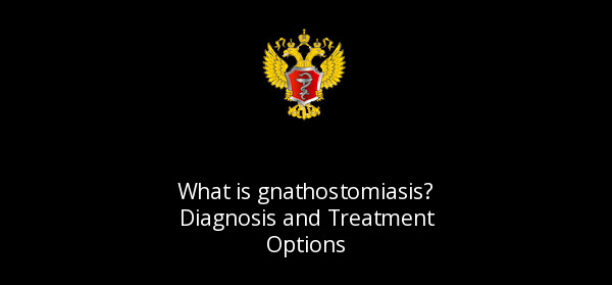What is gnathostomiasis?
Gnathostomiasis is a parasitic infection caused by the roundworm Gnathostoma. It is most commonly found in Asia, but cases have been reported in other parts of the world as well. The natural reservoir for Gnathostoma is various animals, including fish, reptiles, and mammals. Humans become infected by consuming undercooked or raw meat or fish containing the larvae of the parasite.
Human gnathostomiasis is most commonly diagnosed in Asia, particularly in Thailand, other parts of Southeast Asia, and Japan.
Human gnathostomiasis, also known as larva migrans profundus, is a parasitic infection caused by several species of nematodes (parasitic worms) in the genus Gnathostoma. In most cases, the infection is caused by the nematode Gnathostoma spinigerum and/or Gnathostoma hispidum, which infects vertebrates. The pathogenesis begins with the ingestion of raw or undercooked fish, frogs, or crustaceans containing the infective larvae of the parasite. Upon ingestion, the larvae penetrate the gastrointestinal mucosa, entering the bloodstream and disseminating throughout the body. These larvae have the capacity to migrate to various organs and tissues, including the liver, eyes, nerves, spinal cord, and brain. In the liver, they may induce hepatomegaly and hepatic dysfunction. In the eye, they can cause ocular gnathostomiasis, leading to visual impairment and even blindness. Migration to the nervous system can result in severe neurological complications such as nerve pain, paralysis, and potentially fatal conditions like coma. In some cases, the larvae may reach the brain, causing encephalitis or other life-threatening neurological disorders. Therefore, gnathostomiasis presents a spectrum of symptoms ranging from gastrointestinal discomfort to severe neurological manifestations, with potential fatal outcomes if left untreated.
The early signs and symptoms of gnathostomiasis may include migratory skin lesions, itching, and swelling. As the larvae migrate through the body, they can cause a variety of other symptoms, including fever, abdominal pain, nausea, vomiting, and neurological symptoms such as headache, dizziness, and vision changes. In some cases, the larvae may migrate to the brain, leading to potentially fatal complications.
Diagnosis of gnathostomiasis is usually made by identifying the larvae in tissue samples or by testing blood or stool samples for antibodies to the parasite. Treatment typically involves the use of antiparasitic drugs, such as albendazole or ivermectin, along with supportive care for any complications that may arise.
Natural remedies for gnathostomiasis are not well studied, and there is no established cure rate or post-infectious recovery time. Prevention is the best approach, and people can reduce their risk of infection by thoroughly cooking all meat and fish and avoiding eating raw or undercooked foods. Additionally, proper hygiene practices, such as washing hands before eating and after handling raw meat or fish, can help prevent the spread of the parasite.
Complications of gnathostomiasis can be severe and may include permanent neurological damage, blindness, or death if left untreated. Early diagnosis and treatment are crucial for the best possible outcome.
Verified by: Dr.Diab (March 25, 2024)
Citation: Dr.Diab. (March 25, 2024). What is gnathostomiasis? Diagnosis and Treatment Options. Medcoi Journal of Medicine, 4(2). urn:medcoi:article20811.












There are no comments yet
Or use one of these social networks